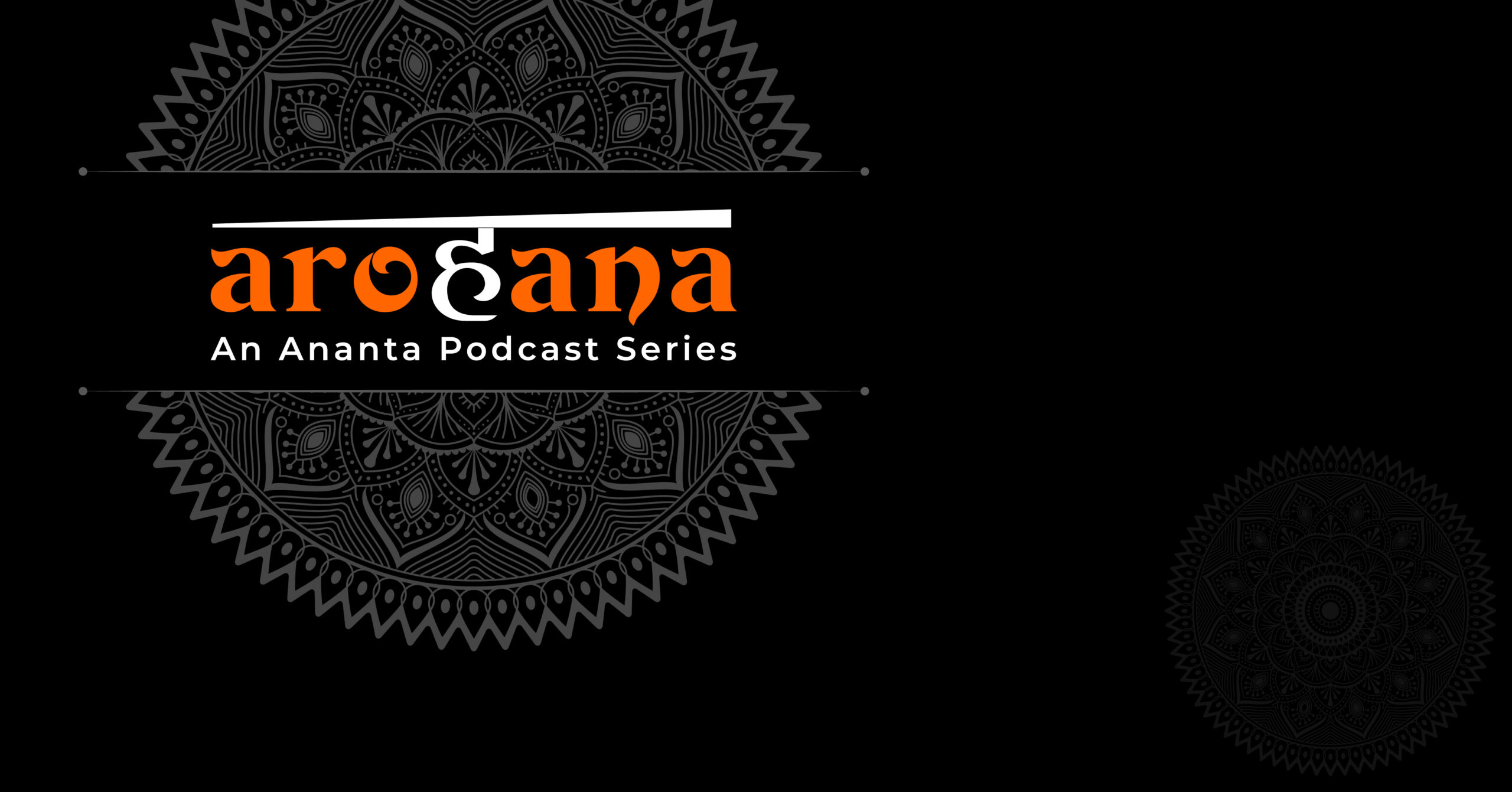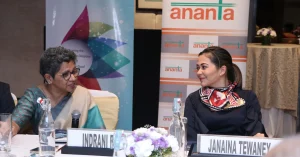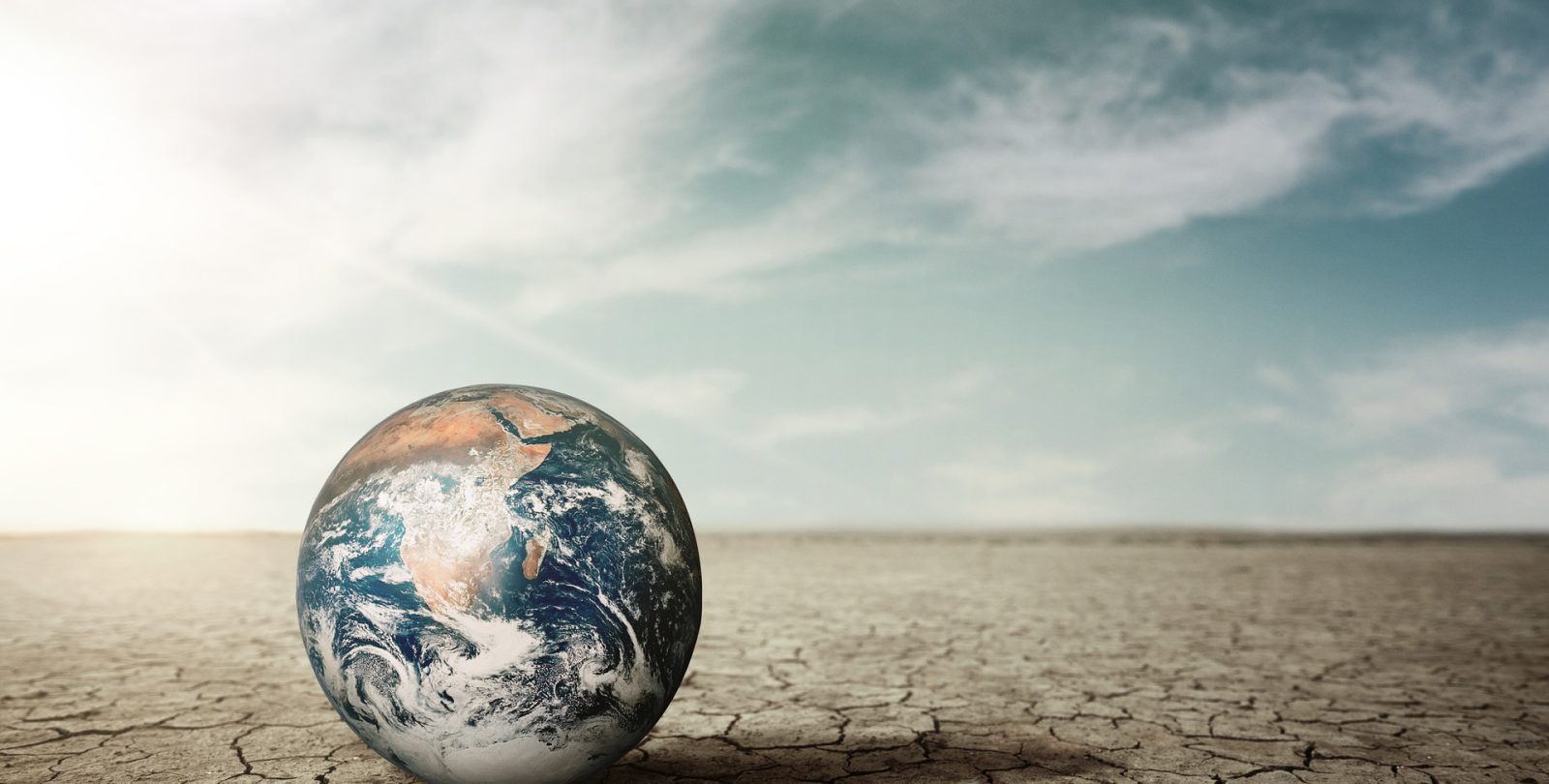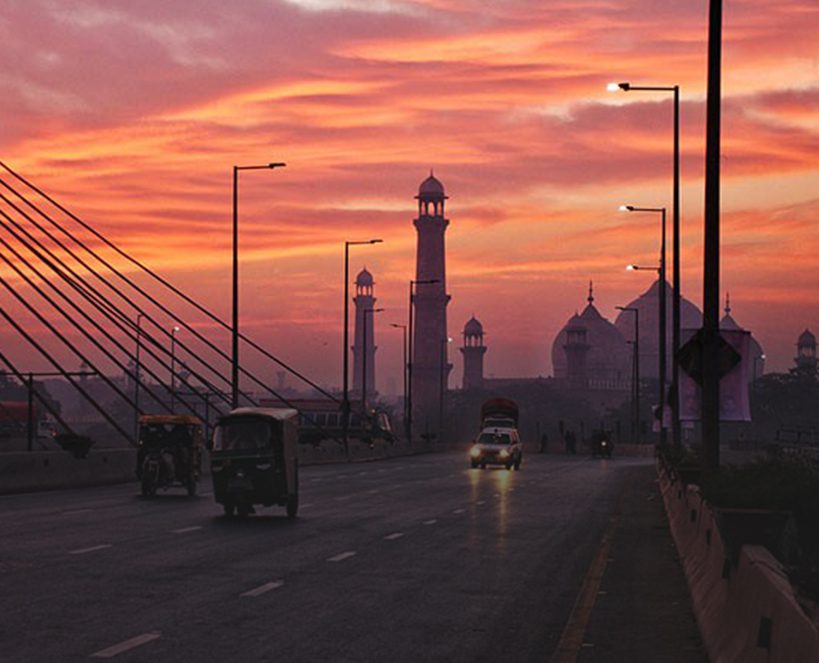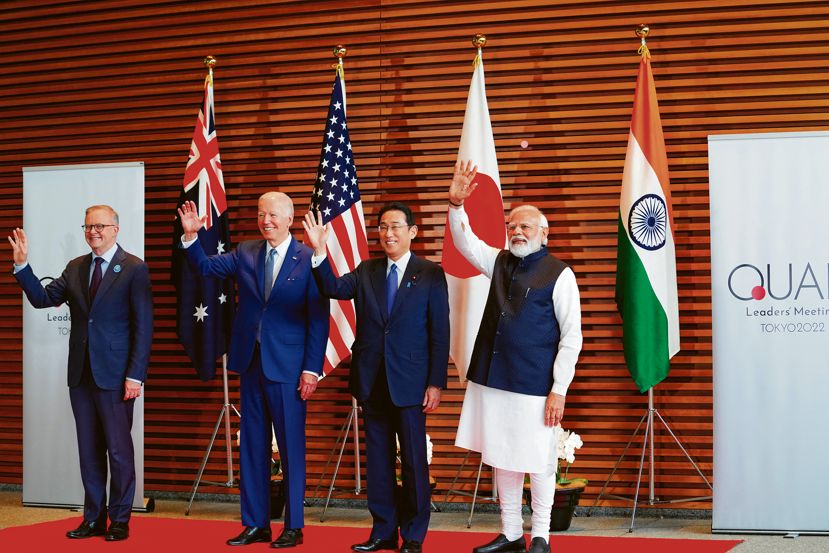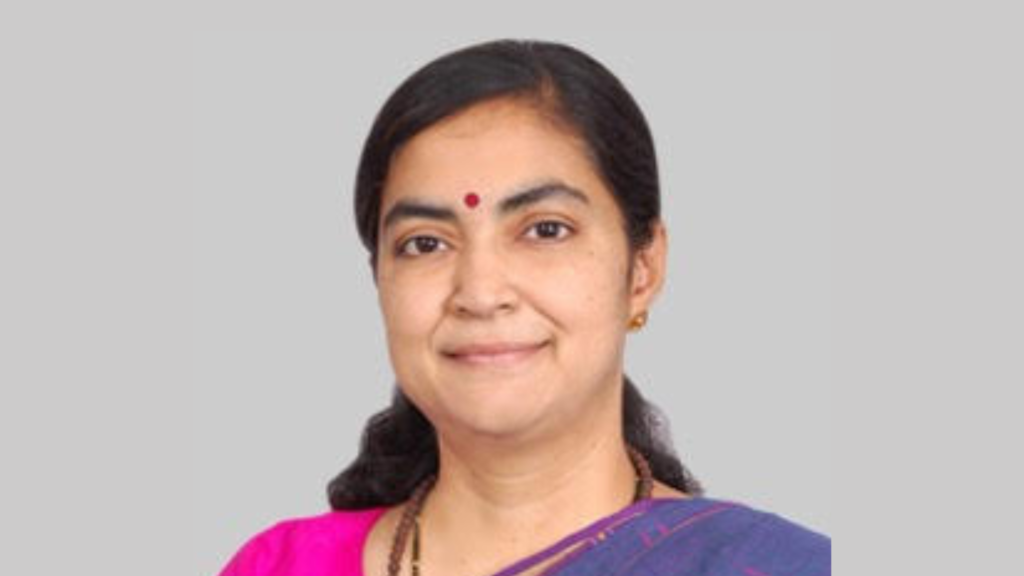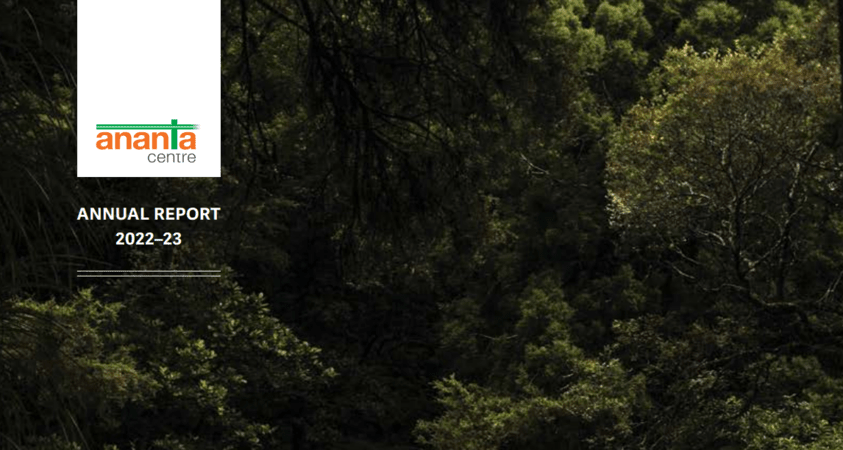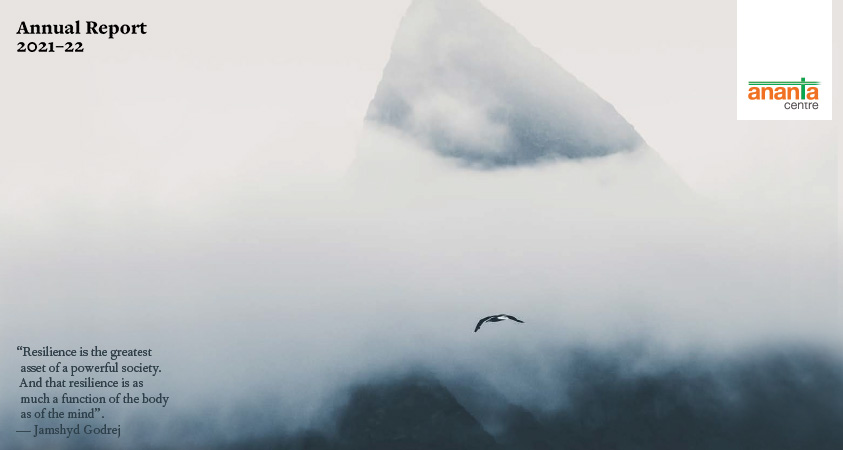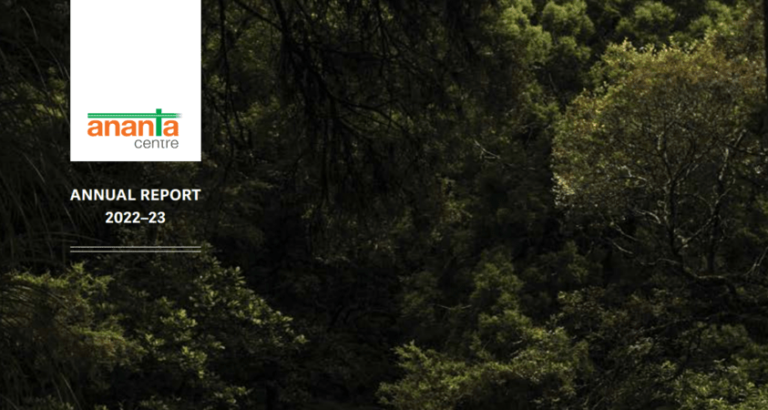H I G H L I G H T S
• GDP up 20% in Q1 2021-22; its real size lower than Q1 2019-20
• National Monetization Plan ambitious, raises questions
• Push for new infrastructure scheme, ambivalence on privatization
• Scrappage policy to boost auto sales, curb vehicular pollution
• RBI monetary policy maintains status quo, bats for growth
• Different strokes from Monetary Policy Committee members
• Exports spurt in July, showing growth for eighth month running
• Wholesale and retail inflation moderates, but causes concern
• IIP up on low base effect, manufacturing disappoints
• Automobile sales shrug off lethargy, pick up speed in July
• Monsoon patchy, a small rise in crop acreage
GDP up 20% in Q1 2021-22; its real size lower than Q1 2019-20
As widely expected, the Indian economy recorded a high growth rate of 20.1 per cent in the first quarter of 2021-22, principally on account of a low base effect. Economic lockdown last year for well over two months had led to a 24.4 per cent contraction of the economy in April-June 2020. In normal times, such a growth rate would be considered more than impressive. But these are not normal times as the Indian economy continues to struggle to emerge from its worst crisis induced largely by the Covid-19 pandemic. What the sharp statistical recovery of 20.1 per cent growth in April-June 2021 shows is that the Indian economy has not yet been able to reclaim the size it had two years ago at constant prices. The quarterly size of India’s gross domestic product (GDP) at constant prices in April-June 2019 was Rs 35.67 lakh crore. The Covid-19 pandemic pulled it down to Rs 26.95 lakh crore in April-June 2020. And now, in April-June 2021, the quarterly size of India’s GDP is up at Rs 32.38 lakh crore. There is still some catch-up to be done before the real size of the Indian economy can claim to have recovered its pre-pandemic state. This is true of most of the sectors of the Indian economy including manufacturing, mining, trade, financial services, construction and public administration, and even private consumption as also gross fixed investment. A notable exception is agriculture, whose gross value added (GVA) at constant prices grew by 4.5 per cent to Rs 4.86 lakh crore in April-June 2021. Mind you, this growth is over a 3.5 per cent increase the sector registered in April-June 2020. Indian agriculture seems to be the only shining spot in the economy, remaining unscarred by the pandemic. Utility services including electricity, water and gas also reclaimed their gross value added size that prevailed two years ago.
However, the scenario changes somewhat when you compare the size of the Indian economy at current prices, which capture the impact of inflation. The growth in GDP at current prices in April-June 2021 is 31.7 per cent, raising the quarterly size of the Indian economy to Rs 51.22 lakh crore, higher than Rs 50 lakh crore recorded two years ago in April-June 2019. Thus, inflation helped the Indian economy a great deal in growing its nominal size in the first quarter of 2021-22. The size of the GDP in the first quarter of 2021-22 was also helped by improved central government finances. With a sharp increase in overall tax collections in this period and no significant change in the burden of subsidies, the size of the GDP got a big fillip. Thus, the difference between GVA and GDP widened considerably in April-June 2021.
National Monetization Plan ambitious, raises questions
August 2021 saw the launch of the Modi government’s National Monetization Plan through which it would lease out state-owned assets to garner resources worth about Rs 6 lakh crore in the next four years ending 2024-25. Finance Minister Nirmala Sitharaman said at a media briefing that the estimated revenue from such monetization would be Rs 88,000 crore in 2021-22. Importantly, these assets would not be privatized and remain in the hands of the government. After a fixed period of leasing, when the government would earn revenues from them, their ownership would once again vest with the government. According to the finance ministry, global players including Blackstone, Blackrock and Macquarie have evinced interest in participating in the monetization process, which would cover 20 types of government-owned assets, currently being operated under a dozen central ministries. The sectors being covered under the monetization plan include roads, railways and power, which would respectively help earn the government an estimated Rs 1.6 lakh crore, Rs 1.5 lakh crore and Rs 85,000 crore during the four-year long tenure of the policy. For the Indian Railways, the assets to be monetized would include railway stations, passenger trains, goods sheds, Konkan Railway, Hill Railways, the dedicated freight corridor project and railway stadiums. In power, 6 gw worth of hydel and solar assets would be considered for leasing. In addition, 25 airports and the stake of the Airports Authority of India in private sectors, 31 projects in 9 major ports, 160 coal projects, over 8,000 kilometres long natural gas pipeline, 2.86 lakh kilometres long telecom fibre network and 14,900 telecom towers would be among the other assets to be considered for monetization. Only brownfield projects are included under the plan and land parcels are excluded. Explaining the logic of the NMP, the finance minister said: “By bringing private participation, we will be able to monetise these assets better and resources obtained through monetisation would be used for putting further investment into infrastructure building.” States too are being encouraged to compile a list of assets owned by their respective governments and go in for similar rounds of leasing to garner resources for their exchequers. The Centre will incentivise states undertaking such projects with a financial assistance of up to Rs 5,000 crore to be given by way of an interest-free loan. The NMP, however, is being debated intensely. Questions are being raised about whether the monetization policy would lead to the desired outcomes or it would result in the creation of monopolies and also benefit only a few large private sector companies, giving rise to higher costs for users.
Push for new infrastructure scheme, ambivalence on privatisation
Prime Minister Narendra Modi delivered two important speeches at two different public meetings. One was delivered from the ramparts of Red Fort on August 15 on India’s 74th Independence Day. The other speech was delivered a few days earlier at a meeting with industry leaders, organised by the Confederation of Indian Industry. Modi’s Independence Day speech was marked by his renewed enthusiasm about moving the Indian economy on the fast track with the promise of new initiatives like the announcement of a repackaged infrastructure development plan – Gati Shakti with an outlay of over Rs 100 lakh crore. The Gati Shakti plan focused on mobility and energy, but the implicit target of developing projects under both the sectors was to move India faster on reducing its carbon footprint. Supplementing the Gati Shakti plan was his focus on making the Indian Railways a net-zero emission company by 2030 and the announcement of launching the National Green Hydrogen mission to exploit its inherent potential of reducing pollution while making no compromise on the country’s developmental aspirations. In his other address, at the meeting with industry leaders, Modi provided a more nuanced perspective on his idea of Make in India. He explained that the government’s scheme, Make in India, did not preclude manufacturing in India by any company. In other words, even a company with foreign investment or even a foreign company was welcome to utilize the Make in India scheme to build the country’s manufacturing muscles. Indeed, he extolled the virtues of foreign investment, which had been increasing at a rapid pace in the last few months. Another significant statement he made was about the government’s public enterprises policy, where he made no mention of privatisation. Instead, he talked about the need for minimizing the government’s footprint in public sector enterprises. Both his idea of Make in India and the focus on reducing government footprint in public sector, instead of privatisation, hinted at a subtle shift in the government’s approach to these key policy issues.
Scrappage policy to boost auto sales, curb vehicular pollution
What may boost the fortunes of the automobile industry, the Union government has announced an ambitious policy for scrappage of old vehicles. Apart from reviving demand for vehicles, the implementation of the scheme – the National Automobile Scrappage Policy – will help eliminate unfit and polluting vehicles from the roads, helping the environment as well. The share of vehicular pollution in Delhi, for instance, is 23 per cent and a scrappage policy aimed at modernizing vehicular fleet would reduce such pollution to 16 per cent. The new initiative is also expected to lead to the creation of new scrappage facilities, requiring fresh investments worth Rs 10,000 crore, according to government estimates. Inaugurating the scheme at an investors’ summit held in Gandhinagar in early August, Prime Minister Narendra Modi said: “The policy is an important link to achieve the circular economy of waste to wealth. It will also energise India’s auto sector and metal sector under the principles of reuse, recycle, and recover”. To be implemented in a phased manner from October 2021, the scrappage policy has set the following deadlines: Release of rules for fitness scrapping centres – October 2021; Fitness testing for government and public-sector undertaking vehicles: April 1, 2022; Fitness testing for heavy commercial vehicles: April 1, 2023; Fitness testing for all other vehicles: June 1, 2024. The policy will also introduce incentives for encouraging the scrapping of commercial vehicles older than 15 years and passenger vehicles older than 20 years. While integrated scrapping facilities would have to be set up across the country, the state government too would be encouraged to provide rebates on road registration fees for those who go in for the purchase of new vehicles after scrapping their old ones. Taking 1990 as the base year, the country has an estimated 3.7 million commercial vehicles and 5.2 million passenger vehicles, which would be eligible for voluntary scrapping.
RBI monetary policy maintains status quo, bats for growth
In keeping with the general expectations, the Reserve Bank of India (RBI) has kept the key interest rates and its monetary policy stance unchanged. Even while raising its retail inflation projections mildly from the earlier 5.1 per cent to 5.7 per cent for the full year of 2021-22, its Monetary Policy Committee (MPC) has promised to remain accommodative so long as it remains necessary. That assurance came at the end of its meeting on August 5. Thus, the policy repo rate (the rate at which banks borrow from the RBI by selling their securities) is retained at 4 per cent and there is no change in the reverse repo rate of 3.35 per cent (the rate at which the central bank can borrow from banks). Importantly, the RBI has kept its growth forecast for 2021-22 at 9.5 per cent and has remained hopeful that the gradual opening of the economy, on the back of decent rains, augurs well for an improvement in the pace of economic activity. But on the crucial trade-off between inflation and growth, the RBI continues to side completely on the side of the latter.
Different strokes from Monetary Policy Committee members
For the first time since the Monetary Policy Committee was constituted in 2016, its members have become a little more vocal about expressing their views on the monetary policy stance of the central bank. There have been dissent notes from a few of the MPC members in the past, but none of them chose to expand on their differences through media interviews. The MPC meeting of August 2021 marked a watershed in the short history of monetary policy making by the newly created body. At the August 2021 meeting, all the six members had voted unanimously to keep the policy repo rate unchanged. But a dissent note came from Jayanth R. Varma, an external member, who “expressed reservations” about the stance remaining accommodative for so long as necessary to revive growth while keeping inflation within the tolerance band. Varma went a step further by airing his frank views in the media and asserting that it was important to maintain the credibility of the MPC at a time when inflation was ruling high. He argued that the central bank was yet to start the process of normalizing the monetary policy. That could happen only when the reverse repo rate, at 3.35 per cent now, was moved up. To Varma, the policy repo rate of 4 per cent had become irrelevant as the effective rate of interest was 3.35 per cent, the same as the reverse repo rate, and not 4 per cent. He feared that by not raising the reverse repo rate, a decision admittedly beyond the brief of the MPC, inflation expectations could become entrenched, thus making the task of ensuring the results through higher rates later more difficult. The other external member of the MPC, Ashima Goyal, also chipped in with her views through another interview. She argued that a reduction in excess liquidity in the system was a discretion of the RBI. Members of the MPC could only offer advice on this matter. Agreeing in principle with Varma, Goyal said that there was not “enough evidence to say that normalisation has started.” She pointed out that the monetary policy stance did not determine what would happen to liquidity. “That is the RBI’s discretion. How they handle the excess liquidity or what happens to the reverse repo is their discretion. MPC members can only offer their opinion or advice,” she said.
Exports spurt in July, showing growth for eighth month running
India’s exports sector continued to do well in July, when earnings from shipment of merchandise goods to foreign countries rose to $35.4 billion, an increase of about 50 per cent. Higher exports were driven by engineering goods and petroleum products. For April-July 2021, cumulative exports rose to $131 billion, much higher than not just of $75 billion in the same period of 2020 (the pandemic months), but much more than $107 billion in April-July 2019 and $108 billion in April-July 2018. Imports too have seen a significant rise – a four-month high of over $46 billion. For the four-month period, imports rose to $173 billion, reaching the same level that prevailed in the corresponding period of 2019 and 2018. Imports gaining momentum is considered a positive sign for a rise in industrial demand, though the growth is largely driven by imports of petroleum products, electronic goods and gold. The strong exports performance helped in reducing the trade deficit to $42 billion for the April-July 2021 period, which was much higher than $14 billion in the same period of. 2020, but much lower than the $64-65 billion levels registered in the same period of 2018 and 2019.
Wholesale and retail inflation moderates, but causes concern
Inflation showed signs of moderation, though it still maintained a relatively high level, causing concern and posing challenges for policy makers. Inflation based on the movement in the Wholesale Price Index (WPI) was estimated at 11.2 per cent in July, which was slightly lower than 12.1 per cent recorded in June. But the reign of double-digit WPI-based inflation continued for the fourth consecutive month. The elevated WPI inflation level was caused by the low base (-0.3% in July 2020) recorded last year, aided by a rise in prices of crude oil and manufacturing inputs. Retail inflation, based on changes in the Consumer Price Index (CPI), also moderated to 5.6 per cent in July, compared to 6.3 per cent in the previous month. The lowering of retail inflation was due to the softening of food prices. Interestingly, retail inflation in rural India in July was lower than that in urban India. The higher urban retail inflation could be due to enhanced mobility and stronger demand after a decrease in the Covid cases in July. But there were a couple of areas of concerns that arose from both the inflation prints. One, the retail inflation level of 5.6 per cent, though lower than the upper tolerance band mandated under the inflation targeting regime, was not showing any sign of moderating to the actual target of 4 per cent inflation target, specified under the relevant law. It remains to be seen how the Monetary Policy Committee members would view this level of retail inflation in the next round of policy review due in October. Two, there were dangers of how the elevated WPI-based inflation could spill over into retail inflation, making the task of controlling inflationary expectations a difficult task. Not surprisingly, many analysts believe that the retail inflation levels in the coming months would rule at levels closer to the upper limit of 6 per cent of the tolerance band mandated by law.
IIP up on low base effect, manufacturing disappoints
The Index of Industrial Production (IIP), which measures the country’s industrial output, slowed to 13.6 per cent in June 2021, down sequentially from 29.3 per cent recorded in May 2021. The June 2021 increase was in the backdrop of a 16.6 per cent contraction in industrial output in June 2020, when the economy was in the grip of a lockdown. The moderation in June 2021 output growth was due to the weakening of the base effect and the adverse impact of the second wave on industrial activity.
Similarly, the core sector output, which has a 40 per cent weight in the IIP, grew at 8.9 per cent in June 2021. The growth in manufacturing at 13 per cent pulled down the overall performance of the IIP, while the capital goods sector recorded a growth rate of 25.7 per cent, which however was a statistical increase coming as it did on the back of a 37 per cent contraction in June 2020. Cumulatively, industrial growth in the first quarter of 2021-22 was 45 per cent, compared to a contraction of 35.6 per cent in the same quarter of 2020-21.
Automobile sales shrug off lethargy, pick up speed in July
The automobile industry appears to be emerging from a deceleration in sales, induced by the second wave of Covid-19 in April and May. Vehicle sales in July 2021 bear out that assessment. The increase is both on a year-on-year basis as also on a month-on-month basis. Factory dispatches of passenger vehicles, two-wheelers and three-wheelers in July 2021 increased by 14 per cent, 19 per cent and 100 per cent, compared to the dispatches in June 2021. Commercial vehicle sales by five manufacturers also rose by 29 per cent in July, compared with that a month earlier. Quite understandably, dispatches of tractors dipped by 41 per cent because of seasonal factors. What contributed to higher dispatches were the reopening of dealer outlets in large parts of the country and the release of the pent-up demand after the gradual easing of restrictions on economic activities. The increase in sales in July 2021 has been much more when compared to the same month of 2020. Tractors saw a small increase of 3 per cent, while two-wheelers maintained their sales at the same level of last year, largely because of the spread of Covid-19 in smaller towns in the second wave having adversely impacted their demand. Year-on-year sales of passenger vehicles, three-wheelers and commercial vehicles in July 2021 were quite robust at 45 per cent, 40 per cent and 62 per cent, respectively. It does appear that the automobile industry is gearing up for the festival season and the only challenge it faces in boosting its sales further is the acute shortage of chips, which might adversely affect the production of high-end cars.
Monsoon patchy, a small rise in crop acreage
The pace of the monsoon once again slowed in August. The deficiency in rainfall in August rose to 26 per cent, much higher than the July deficiency of 7 per cent. The current monsoon season has seen a patchy progress and spread of rainfall, leading to unexpected weather adversities in different parts of the country. While many districts, prone to floods, have been DEVASTATED by droughts, there are many other drought-prone districts which have been affected by floods. For Indian agriculture, the lack of a balanced and well-spread inter-spatial distribution of rainfall has been harmful for the sowing pattern. By the middle of August, almost two-thirds of India’s 36 meteorological zones had received normal-to-excess rainfall, while the remaining 12 zones had deficient rainfall. The overall deficit was a disturbingly high level of 5 per cent. According to data provided by India Meteorological Department (IMD), the weekly cumulative rainfall departure for the whole country at the end of August 11 was 35 per cent below its Long-Period Average (LPA). Consequently, by the end of July, the reservoir levels were not comfortable at all, relying on the hope that more rainfall in the remaining months of the monsoon season would help the water level rise to a more comfortable level. Reservoir levels hold the key not just to meeting irrigation requirements for agriculture but also to ensuring adequate availability of drinking water in the country and providing irrigation support for the rabi season. The pace of sowing has been relatively low, although it made some progress in the first two weeks of August. By August 13, kharif crops were planted in 99.7 million hectares, about 2 per cent less than the plantation in the same period in 2020. The biggest decline in acreage was for cotton at about 7 per cent, followed by oilseeds and coarse cereals (3 per cent each) and rice by less than 1 per cent.
The previous issues of Indian Economy Review are available here: LINK
Supported by
………………………………………………………………………………………………
(The views expressed are personal)
………………………………………………………………………………………………




